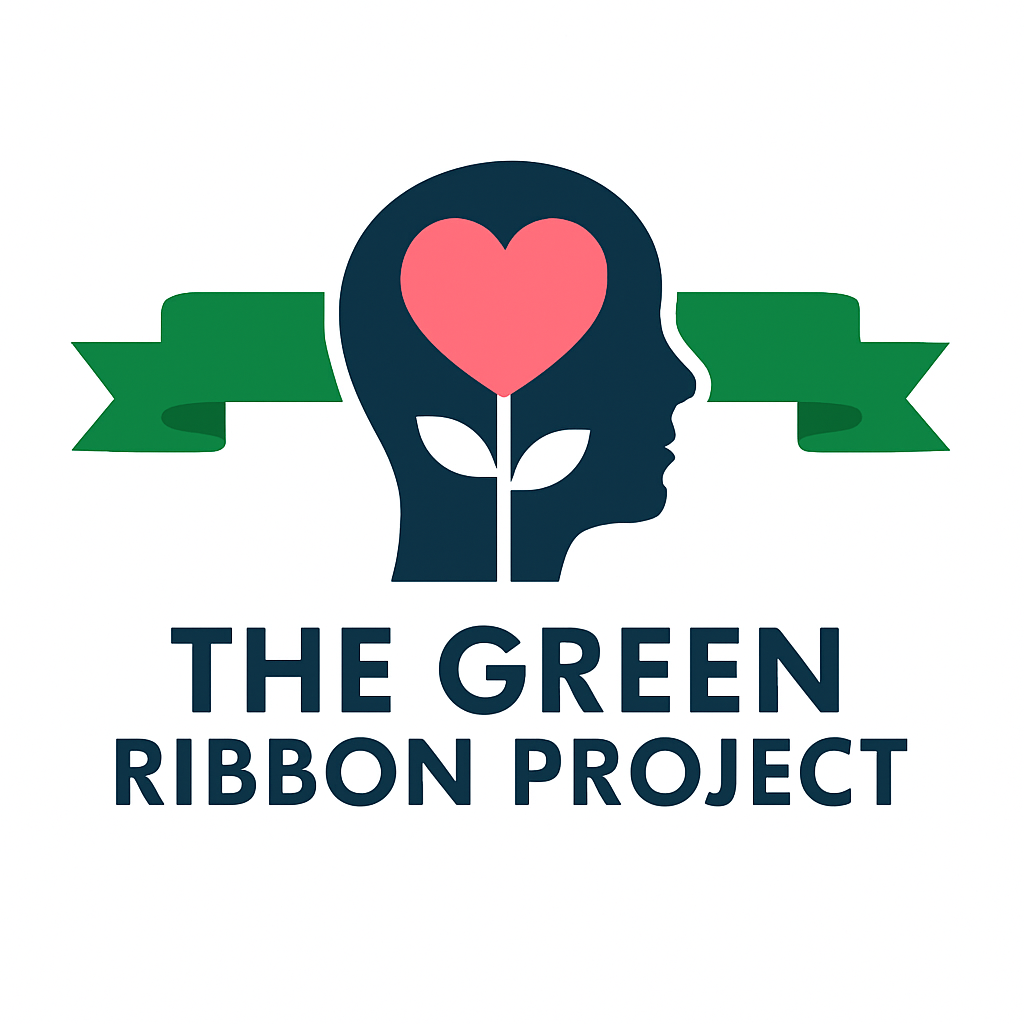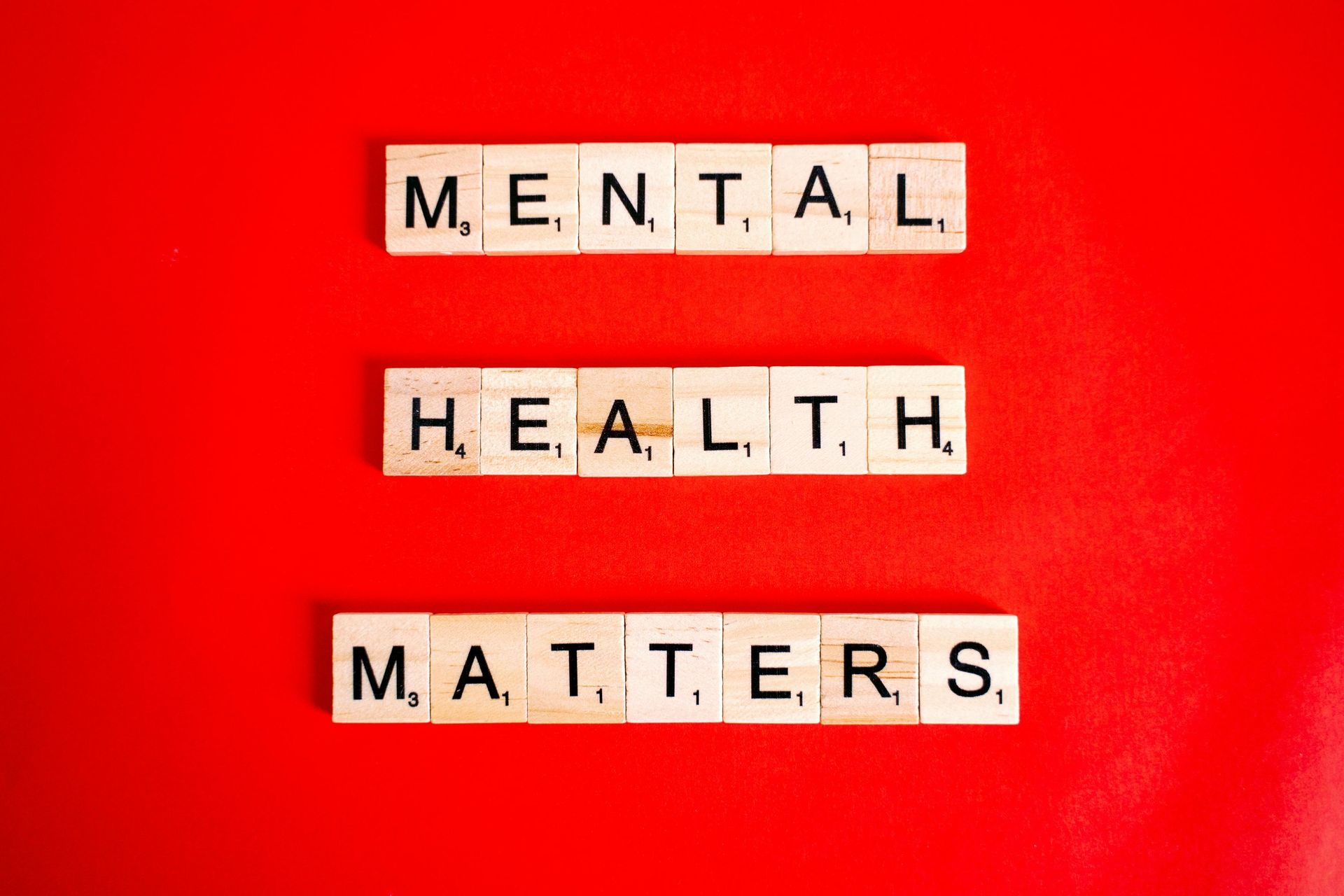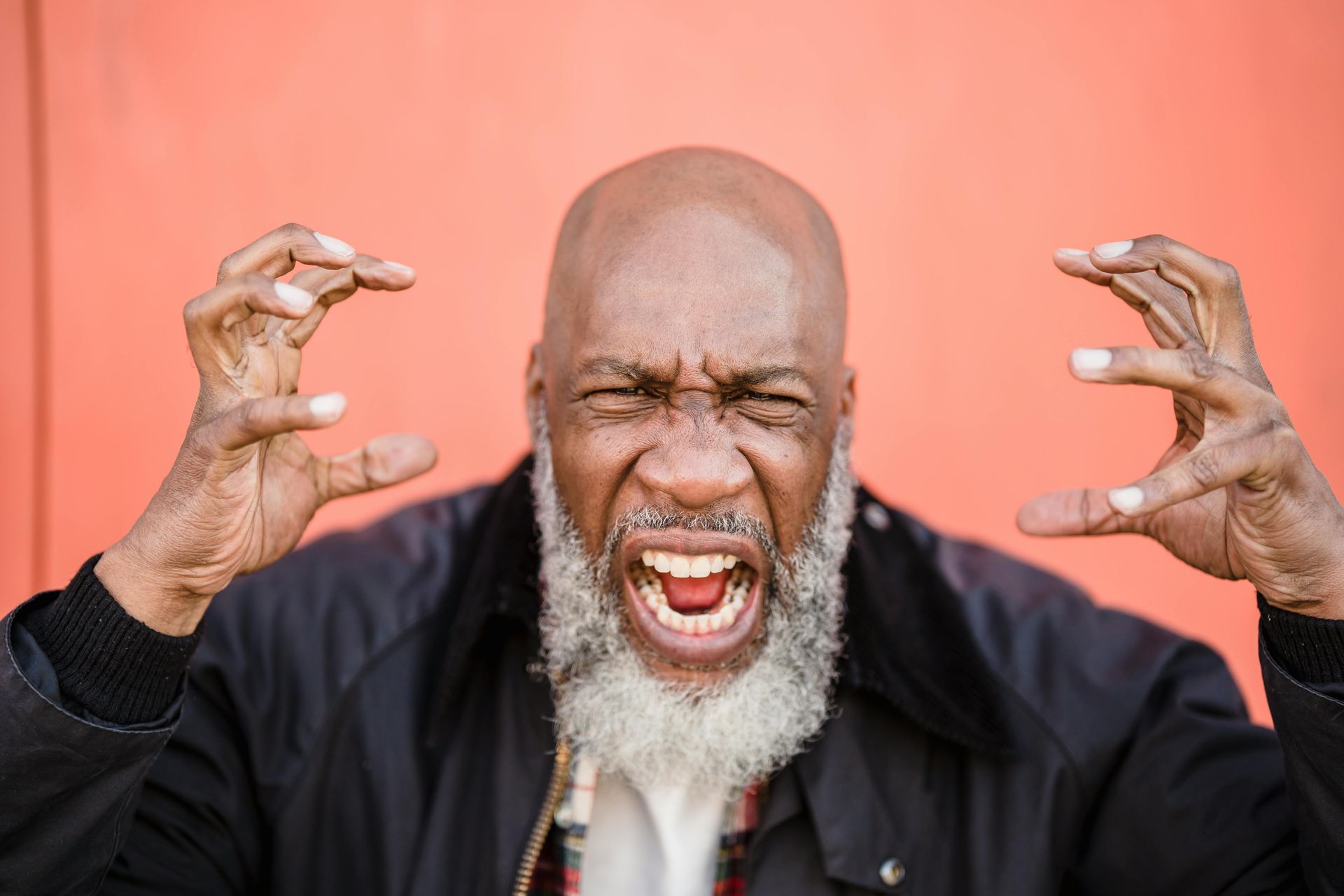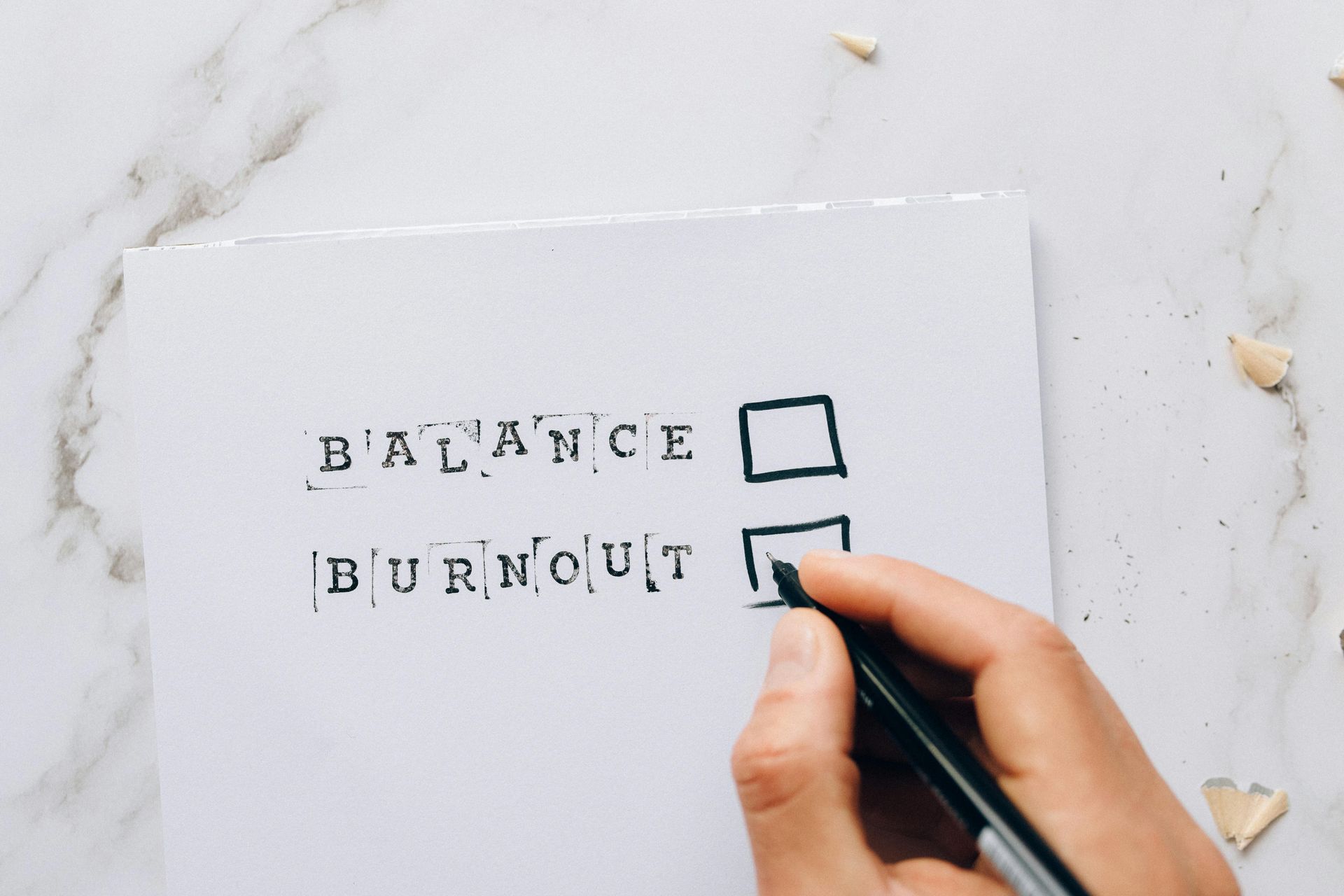How to Set Healthy Boundaries in Relationships
Disclaimer: The information in this blog is provided for general information and educational purposes only and is not a substitute for professional advice. While every effort has been made to ensure the accuracy and reliability of the content, the author assumes no responsibility or liability for any errors, omissions, or outcomes resulting from the use of this information. Readers should always consult with qualified professionals for any specific questions or concerns. Use of this information is solely at your own risk.

We, as humans, were built to be social creatures. We are pack animals. Part of belonging to a “pack” is learning how to handle our differences. Each individual in a system—whether it be a family, workplace, or romantic relationship—brings their own history, background, beliefs, and values. As members of the pack, we must honor those lived experiences while also protecting our own.
One of the most effective tools we have in our toolbox is boundary work.
What Are Boundaries?
Boundaries are the expectations we set for ourselves and others that help define our physical, emotional, and social limits. They:
- Communicate our values
- Clarify why those values matter
- Outline the consequences of ignoring or disrespecting them
Healthy boundaries give others a roadmap to respecting us, while also giving us the confidence to show up authentically.
How Do We Set a Boundary?
The best boundaries are:
- Clearly communicated
- Placed non-judgmentally
- Owned personally (taking responsibility for our own feelings and needs)
- Aligned with expectations
A simple formula I recommend is:
“I feel” + “If, then"
Step 1: The “I Feel” Statement
An “I feel” statement communicates emotions without blame. Start by identifying what you feel, then follow with “because.”
- Your “I feel” captures your emotion.
- Your “because” explains how the situation crossed a value or limit.
⚠️ Avoid blame words or absolutes like “always” or “never.”
Step 2: The “If, Then” Statement
The “if, then” statement connects behavior to consequence.
- Your “if” describes the behavior factually, without emotion.
- Your “then” explains the action you will take to protect your boundary.
To be effective, the “then” must be:
- Realistic
- Related to the issue
- Something you will actually follow through on
Boundary Examples
Roommate Example
“Hey, I feel frustrated when I have to pick up dirty dishes around the house because it doesn’t respect the common space. If you continue leaving dirty dishes around, then I’m going to talk to the landlord about hiring a cleaner for the shared areas.”
Workplace Example
“I feel overwhelmed when meetings run late because it cuts into my deadlines. If meetings continue going past the scheduled time, then I’ll need to leave at the scheduled end so I can meet my commitments.”
Why Boundaries Matter
Boundaries aren’t punishments—they’re guides. They help us reevaluate our own values, communicate them clearly, and create space for healthier, more balanced relationships.
Conflict of ideas, interests, and values will always happen, but clear communication and strong boundaries turn conflict into connection.
Remember: Boundaries aren’t walls. They’re bridges to healthier connections. The more you practice them, the stronger your “pack” will be.



